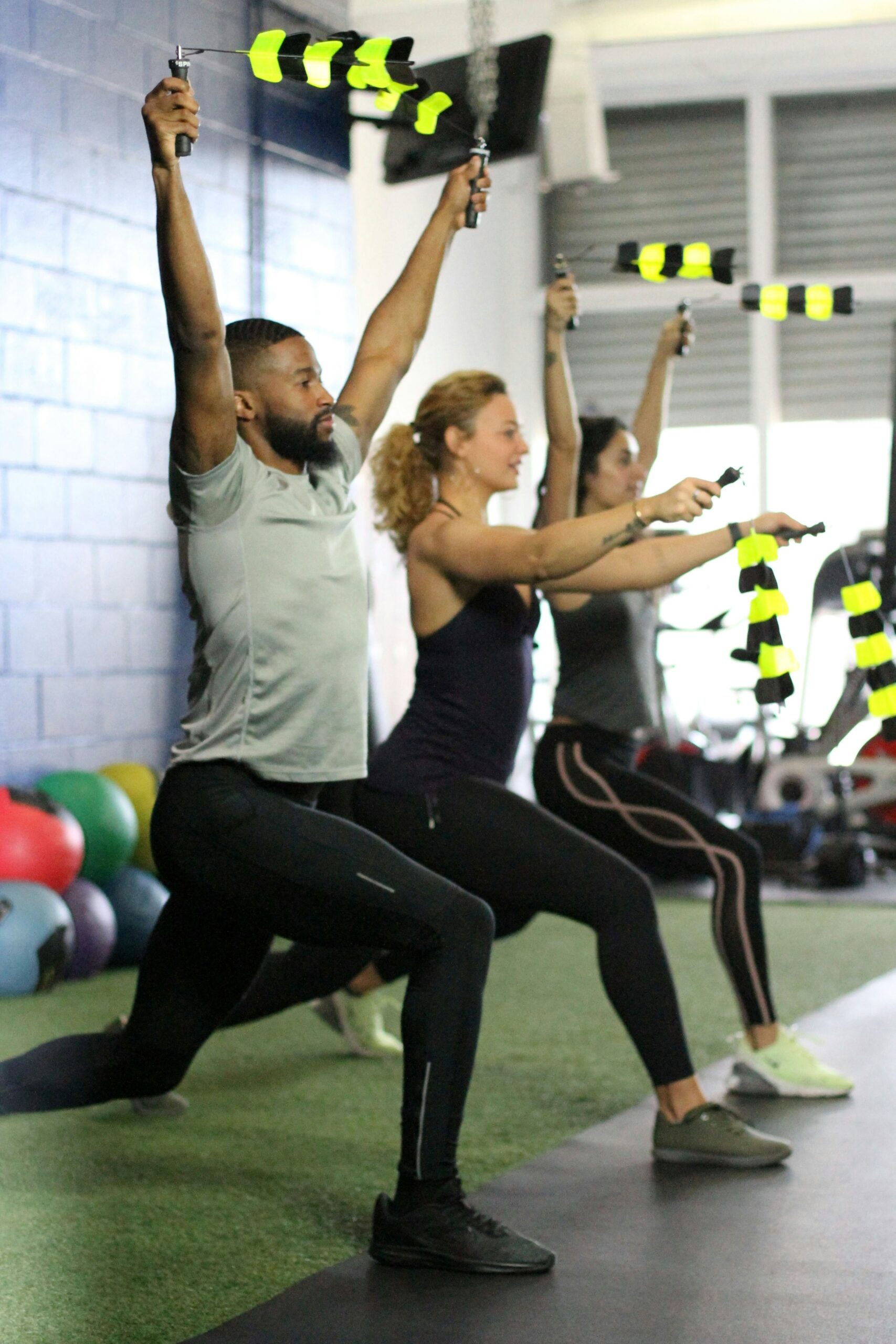Raising Questions about Learning & Pedagogy: an invitation to debate self-directed learning

For a number of years I have been working with early years practitioners and this experience has clearly shown me that we underestimate children and young people’s capacities. This has been reinforced by the emergence of new forms of purposeful physical pursuits devised by young people and the way that electronic games have demonstrated that young people can learn without adult supervision. These are key challenges that need to be addressed by the physical education profession and the role of Physical Literacy in inspiring news ways of thinking about helping young people to develop a commitment to a physically active lifestyle. First of all, I would like to pose some questions that will generate unease in the way that we think of enabling young people to learn.
How can a learner who does not know what there is to learn manage to learn anyway? In other words, how can babies who cannot walk or talk become toddlers who can do both? Can babies solve a puzzle – discover a task to be learnt and the solution to the tasks? How can this example of babies generate a perspective on the dynamics of learning that can open up opportunities for exploring self-directed learning?
It isn’t just babies that are able to learn important tasks without adult supervision or guidance. For example, the list below illustrates that young people are able to develop highly sophisticated capacities without adult supervision.
- Skate boarders and Longboarders
- Streetdance (with its multiple styles)
- Gamers playing electronic games
- Brazilian boys learning to play football
- Young people learn to play a musical instrument without being taught
- Games making or inventing their own games
Sugata Mitra’s “Hole in the wall” experiment where children can learn in the absence of supervision and formal teaching.
These examples (a few amongst many) illustrate two important factors – (1) the electronic gaming industry has demonstrated that they can produce a pedagogy built into the playing of a game that reinforces and rewards learning, allows players to correct errors and enables the player to move at their own pace. There is much to learn from this pedagogy that is directly relevant to teaching and coaching, (2) they show that young people can generate processes that enhance their learning and acquisition of skilful movement patterns as well as enable them to manage their own learning and build in self-correction.
These points raise interesting issues that we need to address.
- Do practitioners (in early years or primary education) understand the significance and relevance of these questions for their practice and children’s learning capabilities?
- Do children and young people lose this capacity for self-directed learning?
- Do educational establishments stifle (or inhibit) this capacity in young people?
- Why are some children/young people not as successful as others in developing this capacity?
These are important questions that are rarely addressed and do not enter into any discussions about the kind of education that we provide young people with.
I would suggest that practitioners in early years settings and schools need to put in place opportunities that stimulate self-directed learning.
- Ensure that children/young people have appropriate opportunities to build this capacity
- Create enabling environments that stimulate curiosity, imagination and motivation.
- Ensure that enabling environments have opportunities and appropriate conditions that generate positive actions.
- Ensure that young people have the freedoms to learn how to learn.
- Provide young people with a genuine ‘voice’ in their own education.
- Ensure that children/young people have the opportunity for positive interactions with their peers and adults.
- Ensure that adults working with children/young people have an enabling attitude that supports and creates the freedoms to act independently and with self-direction.
Finally, this blog is an invitation to continue this discussion and to elaborate ways in which self-directed learning can be valued and become common practice. Of course, any objections need to be seriously explored. Self-directed learning needs to be seen as just one pedagogical tool amongst many. The blog has covered only a small fraction of the debate that needs to take place but it is an important debate for the lives of all young people.
References
(1) These are questions from Linda Smith and Adam Sheya’s paper on “Is Cognition enough to Explain Cognitive Development?” Topics in Cognitive Science (2010) 2(4), 725-735
(2) Sugata Mitra won the TED prize in 2013 – Self organized learning environments.



